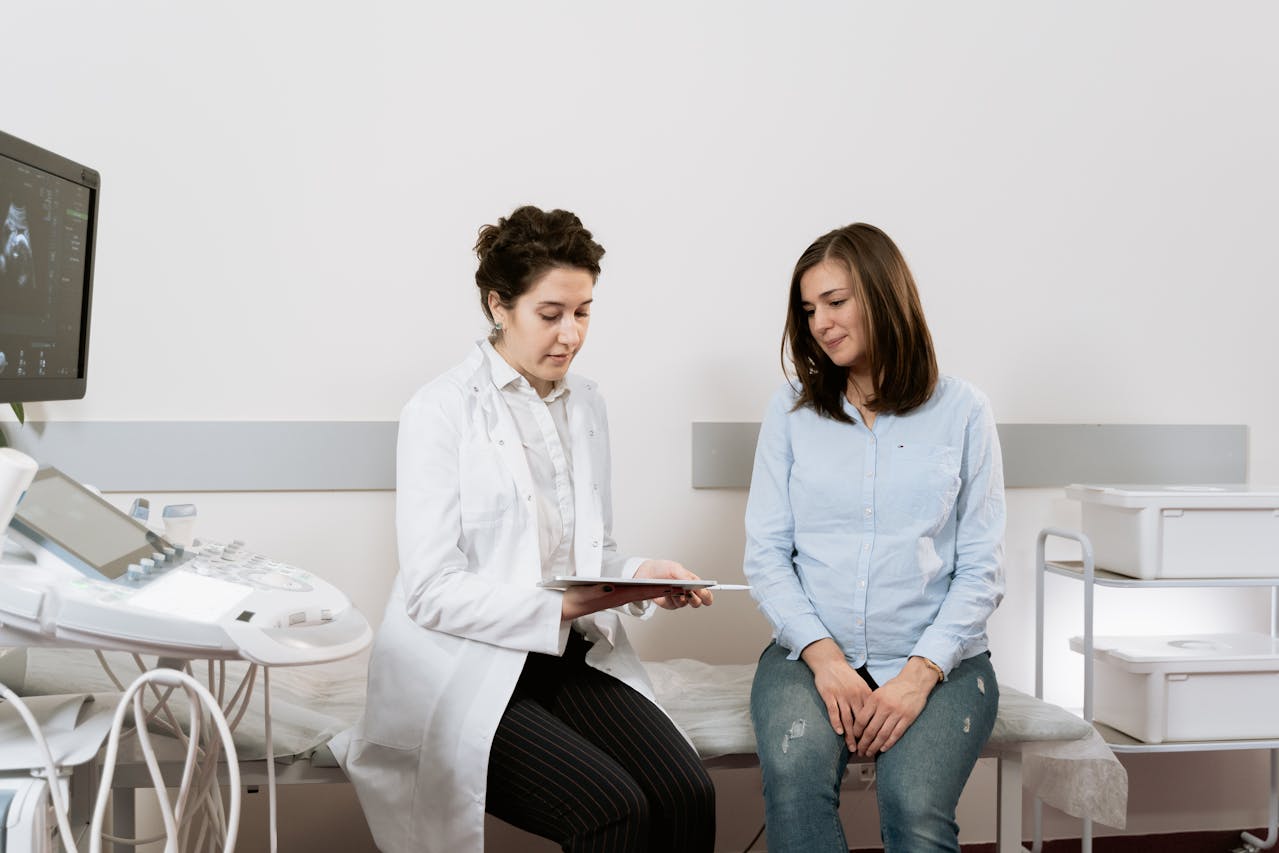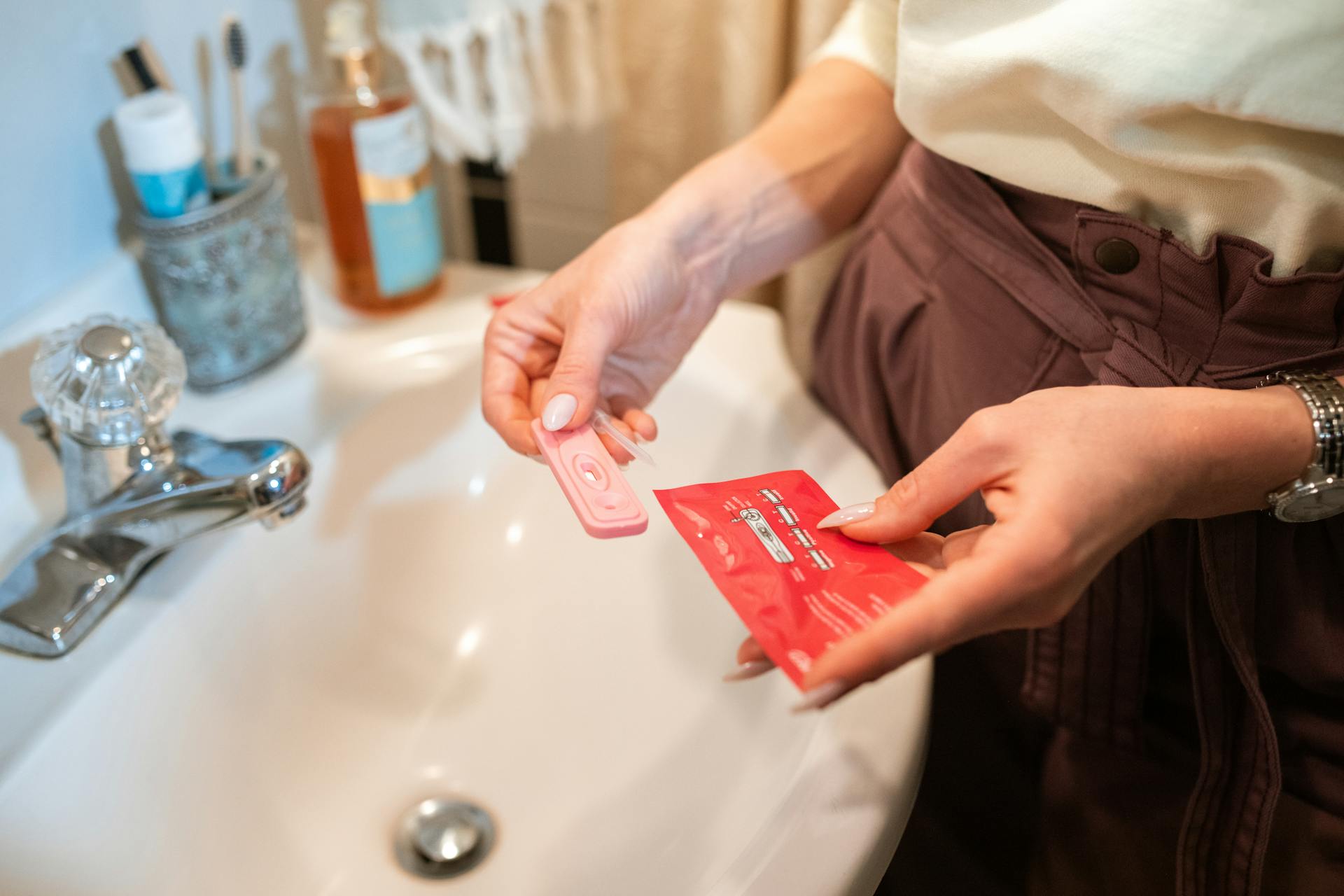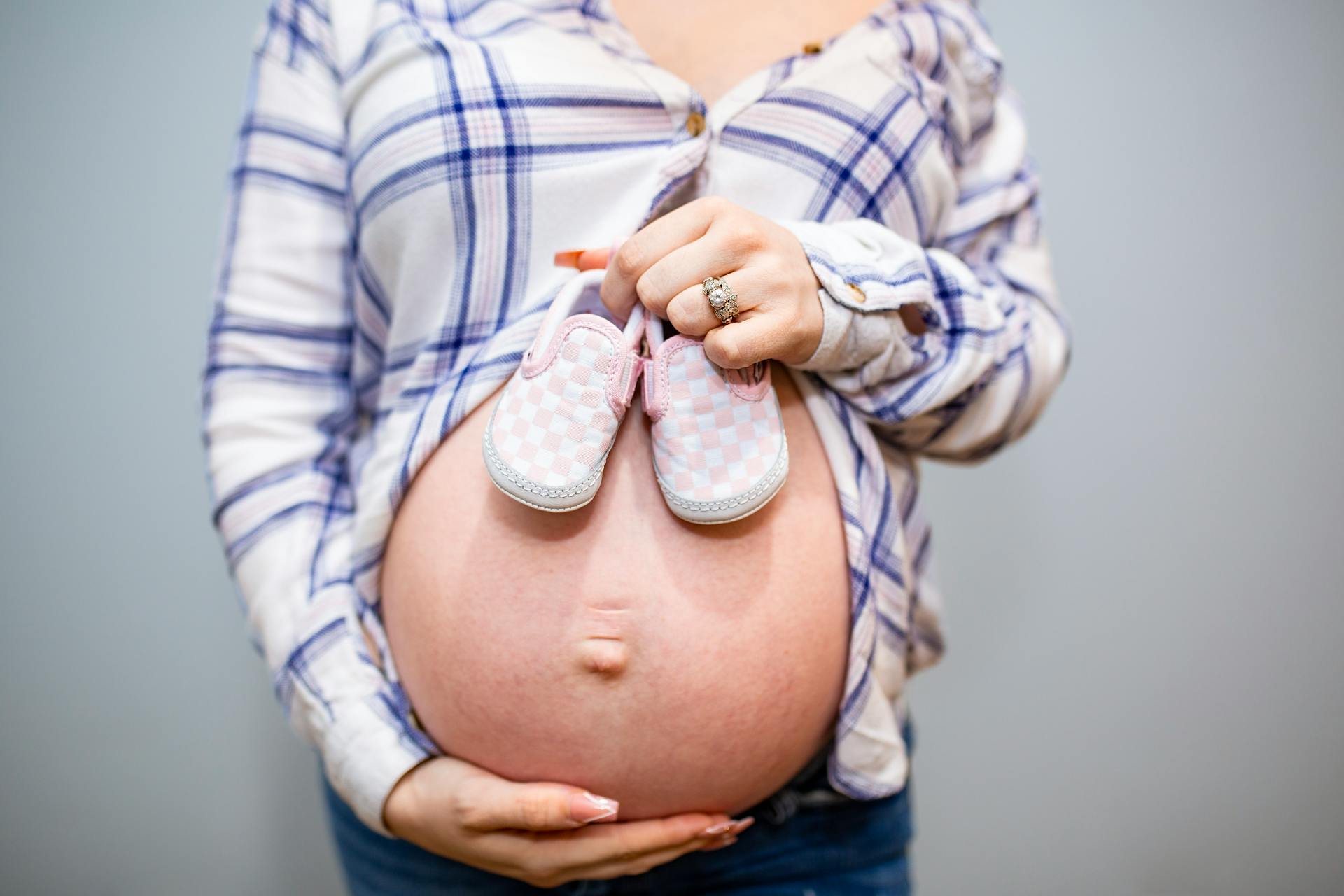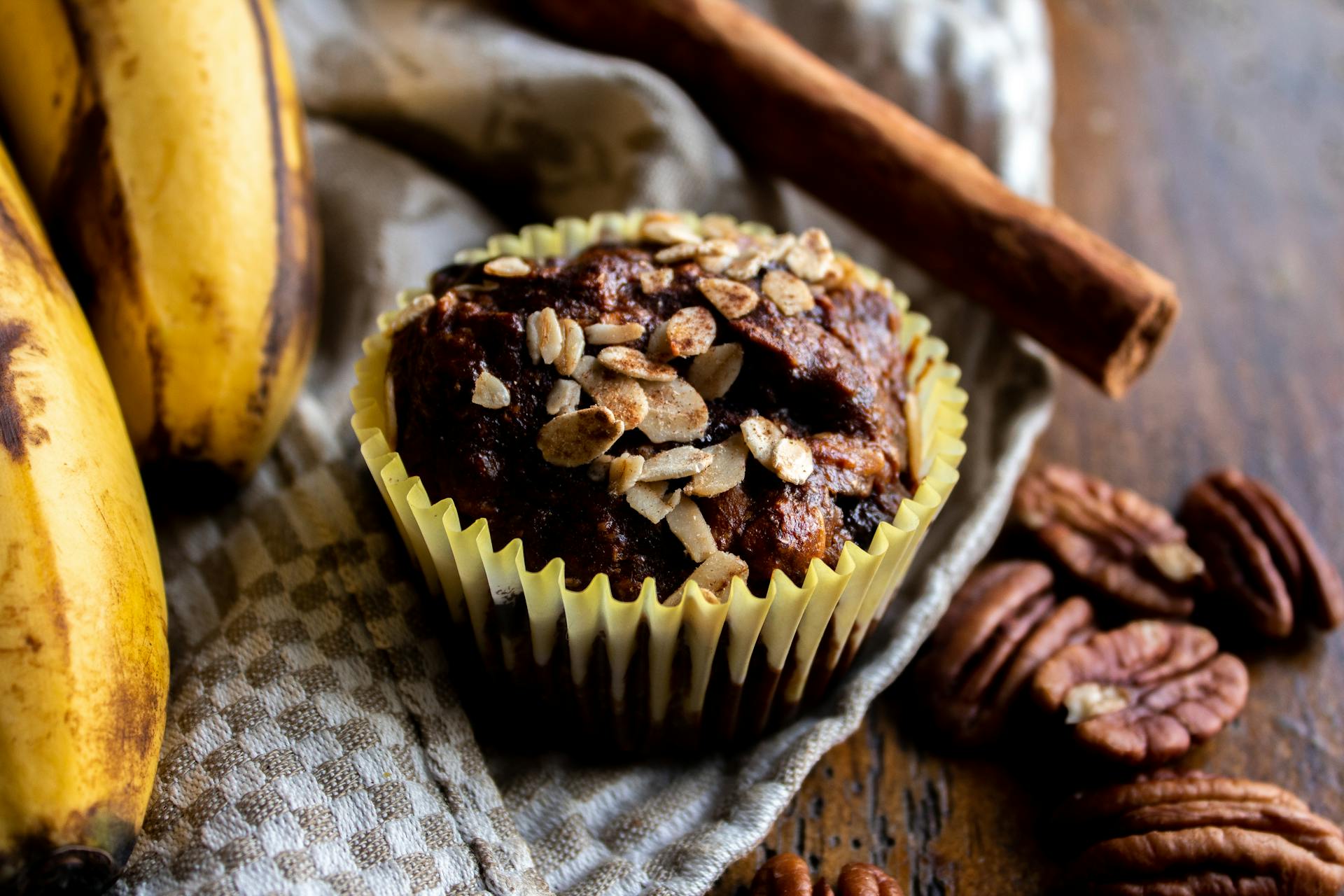Perineal massage is a technique that involves gently stretching and massaging the perineum—the area between the vaginal opening and the anus—to prepare for childbirth. This practice has been shown to reduce the likelihood of perineal tears and the need for an episiotomy during labor. Incorporating perineal massage into a prenatal routine can help increase the perineum’s flexibility, making the birthing process smoother and more comfortable.
What Is Perineal Massage?
Perineal massage is a hands-on technique used in the weeks leading up to childbirth. It involves applying gentle pressure and stretching motions to the perineal tissue to improve elasticity. Expectant mothers or their partners can perform the massage to help prepare the body for the physical demands of delivery.
Why Is Perineal Massage Important?
The perineum undergoes significant stretching during vaginal birth. Without preparation, this area may tear naturally or require an episiotomy. Perineal massage helps condition the perineal tissues, promoting greater flexibility and reducing trauma during delivery. Studies have shown that women who practice perineal massage in the last weeks of pregnancy have a lower risk of perineal trauma and experience a faster postpartum recovery.
Benefits of Perineal Massage
Numerous studies and anecdotal evidence suggest that perineal massage provides several benefits, including:
1. Reduces the Risk of Perineal Tears
During vaginal delivery, the perineum stretches to accommodate the baby’s head. Perineal massage helps improve tissue elasticity, reducing the risk of tearing.
2. Lowers the Need for an Episiotomy
An episiotomy is a surgical incision made in the perineum to widen the vaginal opening. Perineal massage has been found to decrease the need for this procedure, leading to a more natural birthing experience.
3. Enhances Postpartum Recovery
By reducing the likelihood of tearing or the need for an episiotomy, perineal massage can lead to a faster and less painful postpartum recovery. Less damage to the perineal area means fewer stitches, less discomfort, and a reduced risk of infection.
4. Increases Perineal Flexibility
Regular massage can help the perineal muscles stretch more easily, making childbirth less traumatic for the tissues. It also allows mothers to familiarize themselves with the stretching sensations they will experience during labor.
5. Reduces Discomfort During Delivery
The technique helps prepare the perineal area for the sensations experienced during birth, potentially reducing pain and discomfort. Women who practice perineal massage may also feel more in control during delivery.
When to Start Perineal Massage
Healthcare professionals typically recommend starting perineal massage around 34 to 36 weeks of pregnancy. Performing the massage 2 to 3 times per week for about 5 to 10 minutes can be effective in preparing the perineum for delivery.
How to Perform Perineal Massage
Step 1: Prepare the Area
- Wash your hands thoroughly.
- Find a comfortable, private place to perform the massage, such as in a warm bath or on a bed.
- Use a mirror to locate the perineum if needed.
- Apply a natural, unscented oil such as coconut oil, olive oil, or vitamin E oil to lubricate the area.
Step 2: Position Yourself
- Sit or recline in a comfortable position, such as with your legs bent and knees apart.
- If a partner is assisting, ensure they are positioned comfortably.
Step 3: Begin the Massage
- Insert one or two fingers about one inch into the vaginal opening.
- Apply gentle downward pressure toward the rectum until you feel a mild stretching sensation.
- Move your fingers in a U-shaped motion, massaging from the lower part of the vaginal opening towards the sides.
- Continue stretching gently, holding pressure for about 30 to 60 seconds at a time.
- Repeat for about 5 to 10 minutes.
Step 4: Breathe and Relax
- Stay relaxed and breathe deeply during the massage.
- If discomfort occurs, reduce pressure and proceed gently.
Tips for Effective Perineal Massage
- Consistency is key: Aim for at least two to three sessions per week for optimal results.
- Use warm compresses: Applying a warm washcloth to the perineum before massaging can enhance flexibility.
- Communicate with your partner: If a partner is assisting, discuss comfort levels and ensure the process is soothing rather than painful.
- Stop if pain occurs: While mild discomfort is normal, stop the massage if you experience sharp pain or irritation.
Who Should Avoid Perineal Massage?
Perineal massage is generally safe, but certain conditions may require medical guidance:
- High-risk pregnancies: Consult a doctor before attempting perineal massage if you have a high-risk pregnancy or medical complications.
- Vaginal infections: Avoid perineal massage if you have an active infection, as this can worsen symptoms.
- History of preterm labor: Women at risk of preterm labor should check with their healthcare provider before starting perineal massage.
Alternative Methods to Prepare the Perineum
If perineal massage is uncomfortable or not suitable for you, consider alternative techniques to improve perineal elasticity:
- Pelvic floor exercises (Kegels): Strengthening and relaxing the pelvic muscles can aid in a smoother delivery.
- Warm compress therapy: Applying a warm compress to the perineal area can help improve circulation and flexibility.
- Hydration and nutrition: Staying hydrated and consuming collagen-rich foods can support skin elasticity.
- Perineal stretching devices: Some women use devices like the Epi-No to help prepare the perineum for childbirth.
Does Perineal Massage Work for Everyone?
While many women report positive outcomes, perineal massage is not a guaranteed method for preventing perineal tears. Other factors, such as baby size, birth position, and the speed of labor, also influence perineal outcomes. However, it remains a useful technique that can increase a mother’s confidence and readiness for delivery.
Final Thoughts
Perineal massage is a simple yet effective technique to prepare the body for childbirth. By incorporating this practice into a prenatal routine, expecting mothers can reduce the risk of perineal trauma and enhance their postpartum recovery. As with any prenatal practice, consulting with a healthcare provider before starting perineal massage is always recommended to ensure safety and effectiveness.
















